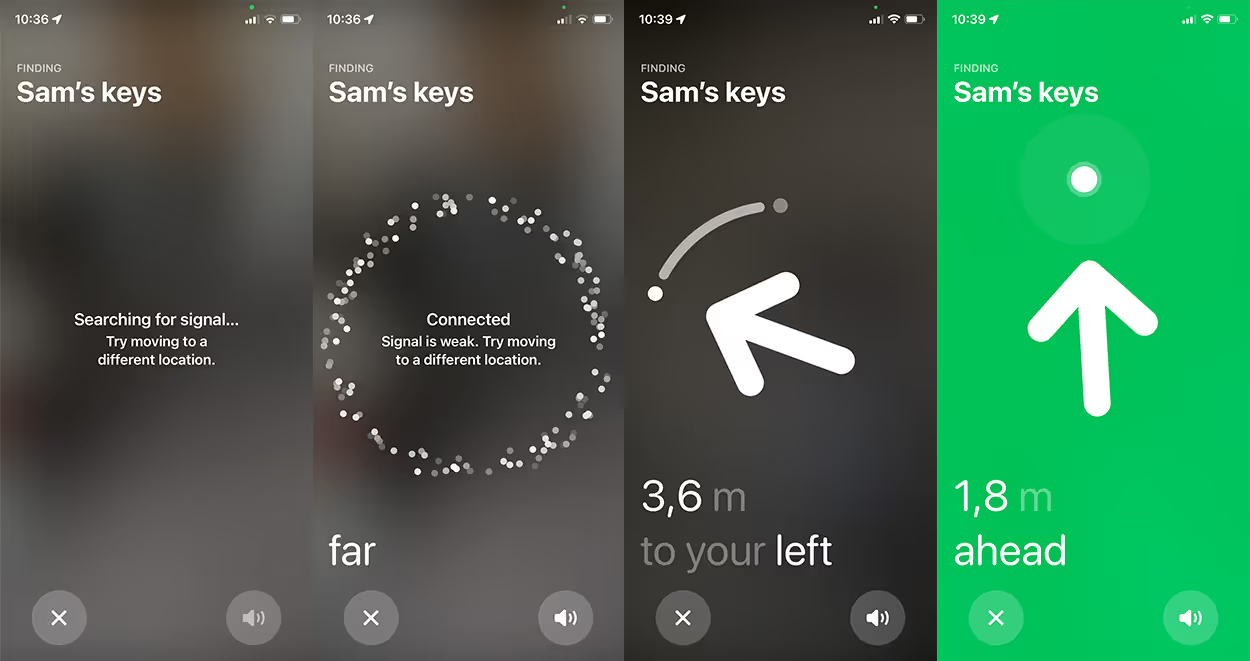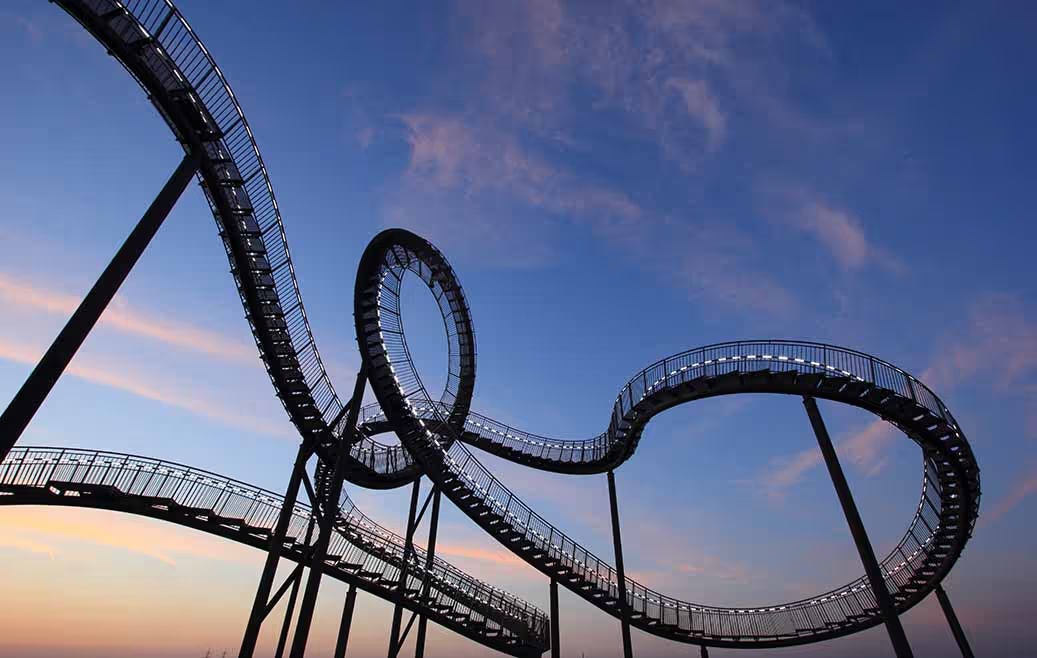AirTag 2 Surprising Range Boost: Hype or Real Innovation?
Introduction: Why Range Matters
When it comes to tracking your belongings, range is everything. A few extra meters can mean the difference between recovering a lost item or watching it disappear into the void. That is why the upcoming AirTag 2 has generated buzz, not because of flashy design changes, but because of its extended range.
While Apple has remained quiet about the details, a patent filing reveals the company’s strategy for dramatically increasing the AirTag’s range without breaking regulatory rules or draining battery life.

How UWB Works and What Limits Its Range
Ultra-Wideband (UWB) is a short-range wireless technology that excels in precision. It works by sending extremely short pulses, allowing devices to accurately measure the time of flight of each signal. Since the speed of light is constant, this time measurement translates directly into distance. Put simply, UWB is the technology that Apple uses to accurately determine the distance and direction of a nearby AirTag.
Like any wireless system, the range is primarily limited by transmit power. This is where UWB faces its biggest challenge. Regulatory bodies worldwide impose strict limits on how much power can be transmitted, especially in the UWB frequency band. UWB signals are so weak that they transmit at the same level as ambient background noise. This makes them hard to detect, hard to jam, and also limits their range.
Under typical conditions, UWB offers a range of about 20 to 40 meters indoors, depending on obstacles and interference. In ideal outdoor environments with clear line of sight, the range can exceed 100 meters. However, in unregulated environments like underground mining in China, where transmission power is not limited by standard regulations, UWB systems have been known to reach ranges of up to 800 meters.
So how can Apple extend the AirTag’s range within these constraints? As a company deeply involved in UWB asset tracking, standardization, and regulatory developments, we believe we have a good idea...
Blijf op de hoogte!
Blijf op de hoogte met de Pozyx e-mail nieuwsbrief. Leer van branchedeskundigen van RTLS en UWB. Ontvang meldingen over productupdates, tips en exclusieve aanbiedingen voor abonnees. Ontvang uitnodigingen voor evenementen en gratis toegangskaarten. Lees als eerste onze artikelen en blogs. Mis het niet! Geen spam, beloofd.
Ja, meld me aan
The Two Magic Ingredients Behind the Range Boost
1. Exploiting Power Averaging with NBA-MMS
Here is where it gets clever.
Regulations define average transmit power over a 1 millisecond window. That means if your signal lasts only half a millisecond, you can transmit it at twice the power, as long as you stay silent for the rest of the time. Make the signal even shorter, and the allowable power goes up even more.
Today’s UWB systems can send packets as short as 250 microseconds, allowing a theoretical 4× increase in signal power. But pushing this further introduces challenges, because shorter packets are harder to detect and receive, especially in noisy environments. Hence it is not supported in current UWB chipsets.
That is where Apple’s patent comes in: Narrowband-Assisted Multi-Millisecond Signaling (NBA-MMS). 👉 Patent link
Instead of sending one high-power packet, Apple proposes to:
- Transmit very short UWB bursts at the maximum allowed power
- Spread them over several milliseconds
- Stay silent most of the time to meet average power rules
To make this work, a secondary narrowband radio signals the exact timing of the UWB burst. This tells the receiver when to listen and allows it to conserve battery while staying precisely synchronized.

Why narrowband (NB)? Because narrowband signals have excellent range, even under standard regulatory power limits. They are not good for precise ranging or large data, but they are perfect for synchronizing a receiver.
The exact power boost obtained will depends on the configuration of how short the bursts will be and how many milliseconds will be taken. It has been rumored that this could be up to 16 milliseconds. If the bursts can be similarly reduced by a factor 16, this means a factor 16 increase in transmit power, which would mean a significant range boost.
2. Relaxed UWB Regulations in the EU
Another major development is that Europe recently increased the allowed UWB power by 10 dB in certain frequency bands. That is 10 times more power on paper, and in our own testing, range increased by over 40 percent indoors.
If the FCC follows suit, as many expect in the coming years, the same benefit could apply in the United States. This change alone would be a major boost for AirTag 2 performance without requiring any hardware modifications.
What This Means for AirTag 2
Apple is not just making proprietary tweaks. It is helping to shape the future of UWB. The IEEE 802.15.4 standard, the same family that includes Zigbee, governs UWB communication and ensures interoperability between chips from different vendors.
The proposed NBA-MMS approach is expected to be included in the upcoming 802.15.4ab standard, which is scheduled for finalization in late 2025 or early 2026.
It is likely that AirTag 2 will be released around that timeline, aligning with the standard to ensure:
- Interoperability
- Future-proofing
- Compatibility with third-party UWB devices
This also implies that, unless the Apple U2 UWB chip already contains this functionality and it was simply disabled, a newer chip may be required. As a result, the extended range feature might only be available on future Apple devices equipped with this next-generation UWB chip.
Will Industrial UWB Systems Benefit Too?
While Apple is pushing the envelope with NBA-MMS, industrial UWB systems are unlikely to adopt these enhancements immediately.
Because Apple designs its own UWB chips, it can rapidly implement proprietary features like NBA-MMS without waiting for industry-wide adoption. For other chip vendors, integrating these techniques into commercial silicon will likely take one to two more years. Even then, system vendors will need additional time to incorporate and validate them in real-world deployments.
There is also a scalability challenge. NBA-MMS works well for use cases like AirTag, where only a few devices are active at a time and battery life is a key constraint. In contrast, industrial RTLS systems often track hundreds or thousands of assets simultaneously. Extending the UWB ranging process over multiple milliseconds, while staying silent in between, could reduce system capacity, increase latency, or create communication bottlenecks in dense environments.
In short, while NBA-MMS is an excellent solution for consumer-grade, low-duty-cycle tracking, it may not translate efficiently to high-throughput, real-time industrial systems, at least not in its current form.
Time will tell whether this innovation evolves into something scalable enough for the industrial RTLS world, or whether an alternative approach will be needed to bring similar range improvements to enterprise-grade tracking solutions.
If you're curious how the current AirTag compares to professional tracking systems, we explored that in this comparison between AirTag and industrial UWB trackers.
Conclusion: A Smart Play by Apple
The extended range of the upcoming AirTag 2 isn’t marketing fluff—it’s a clever application of physics, regulatory strategy, and forward-thinking design.
By leveraging:
- Power-averaging rules
- Narrowband-assisted signaling
- Evolving UWB standards
- And upcoming regulatory relaxations
Apple will set a new benchmark for consumer-grade UWB tracking. The result is more reliable item tracking, longer-distance finding, and a leap forward in spatial awareness tech.
So is it hype or real innovation?
Clearly, it’s real innovation—with just the right amount of hype to keep us watching.
Looking for Industrial Asset Tracking with AirTag-Level Accuracy?
While Apple’s AirTag 2 showcases what’s possible in consumer tracking, industrial environments require solutions built for scale, reliability, and precision. At Pozyx, we specialize in ultra-wideband (UWB) real-time location systems that deliver the same level of accuracy—down to 10 centimeters—but are designed for the challenges of warehouses, factories, and logistics operations.
If you're ready to bring AirTag-level precision to your industrial processes, talk to our experts or explore how Pozyx can help you get started with indoor location tracking and positioning.

Geschreven door
Samuel Van de Velde
CTO en medeoprichter van Pozyx
Samuel is Burgerlijk ingenieur met een sterke interesse in locatietechnologie. Bekwaam in ondernemerschap, publiek spreken, productbeheer, internet der dingen (IoT) en machine learning. Na zijn afstuderen aan de UGent in 2010 ging hij aan de slag bij de afdeling Telecommunicatie en Digitale Informatieverwerking (TELIN) om een doctoraat te behalen op het gebied van collaboratieve localisatie binnenshuis. In 2015 richtte hij op basis van dat onderzoek het spin-offbedrijf Pozyx op.









